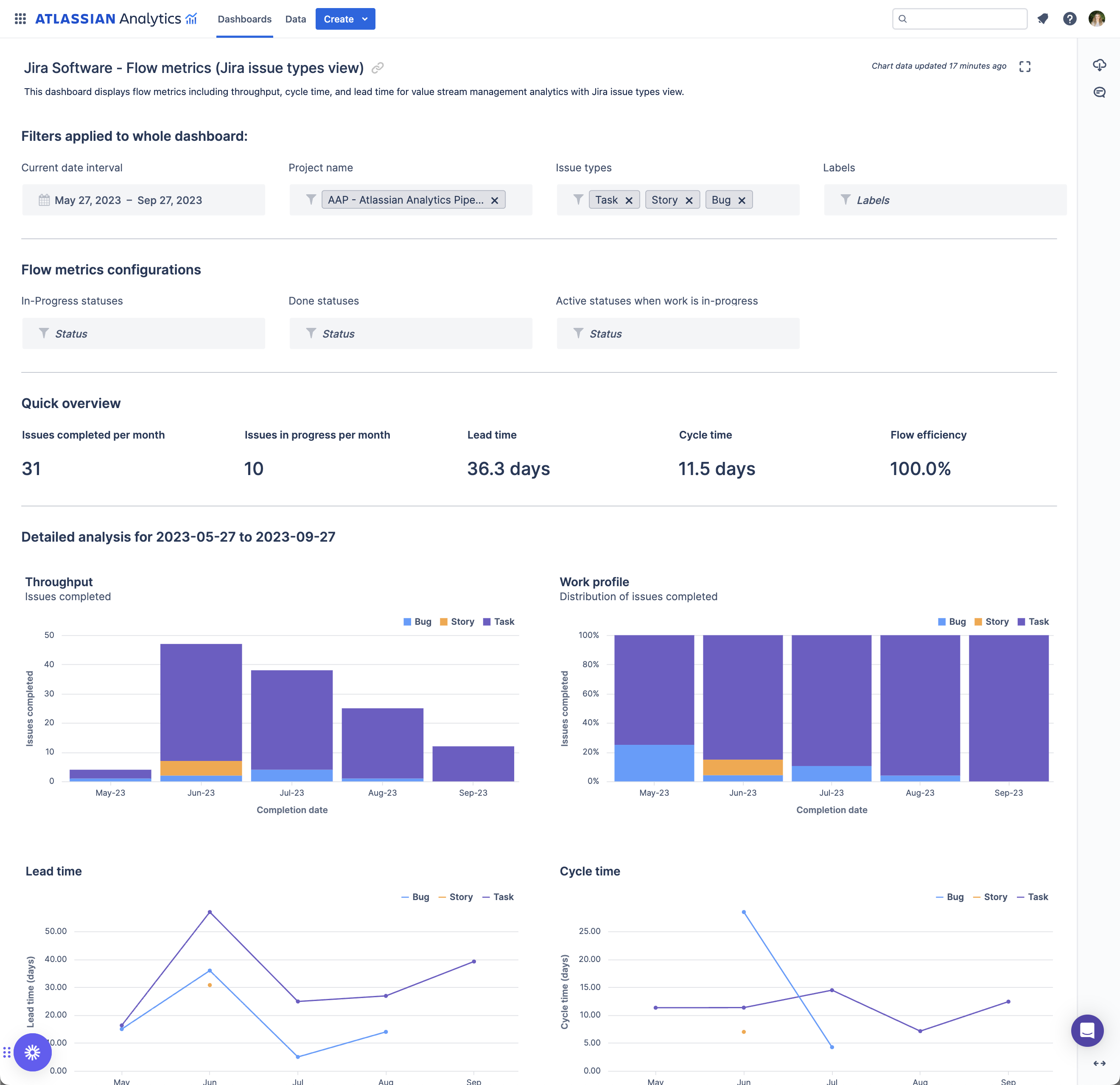A new Broadcom report today around value stream management (VSM) shows an increase in adoption and found that – for the second year in a row – customer value is a top priority among reporting organizations.
Of the 96% of responding companies that say they’ve undertaken a value stream management initiative, driving long-term customer value is their focus, according to the survey.
Value stream management is a process that involves spotting and eliminating bottlenecks in the development and delivery cycles with the result of continuously improving performance, quality and customer satisfaction.
“What we’re finding is that as companies are able to get things out to the market faster because they have that seamless integration from ideation to customer value realization, they’re able to understand more of what the customer is looking for and get that faster feedback loop,” Laureen Knudsen, chief transformation officer at Broadcom, told SD Times. “They’re having more interactions with the customers built into their processes as well.”
The survey found that organizations are extending their value stream initiatives, as companies report moving from early planning and piloting to using VSM for production.
“It’s encouraging to see more organizations making strides in their VSM initiatives,” Jean-Louis Vignaud, Head of ValueOps, Agile Operations Division at Broadcom, said in a company announcement.. “VSM isn’t a quick fix initiative; it’s a journey. It takes time and effort to do it right, but when you do, it returns transformational improvements, and incredible ROI which is evident in the feedback from survey respondents. As teams realize the benefits of VSM and its positive impact on their business objectives, we anticipate even greater adoption and maturity throughout the enterprise.”
But VSM is not without its challenges. This year, for instance, respondents reported their top challenges as inefficient processes (49%), and then collecting data, measuring customer value and having siloed teams (all at 40%).
Another hurdle organizations must overcome is not having the right teams – or enough teams involved in VSM to give organizations a broader view of product management. By not involving more teams, the report noted, siloed environments are sustained and visibility and alignment are reduced. “What we see is value stream management as the overarching framework across all of these individual processes,” Knudsen said.
“We talk about strategic product management, we talk about DevOps, the development teams, and how do you make them more efficient and effective, and their work visible to leadership,” she continued. “We really talk to the entire organization, and all of those pieces underneath are sort of under this umbrella of value stream management… that’s the end-to-end flow. So you have a framework at the top, that high-level view, and then you have individual processes that go deep within those parts of the organization, like how the security department does security, but everyone else in the company may not need to have that same level of understanding. So there’s a higher level view that everyone needs, and then it’s the details within the individual groupings.”
To learn how value stream management drives digital transformation and customer value, download the complete research paper here.








